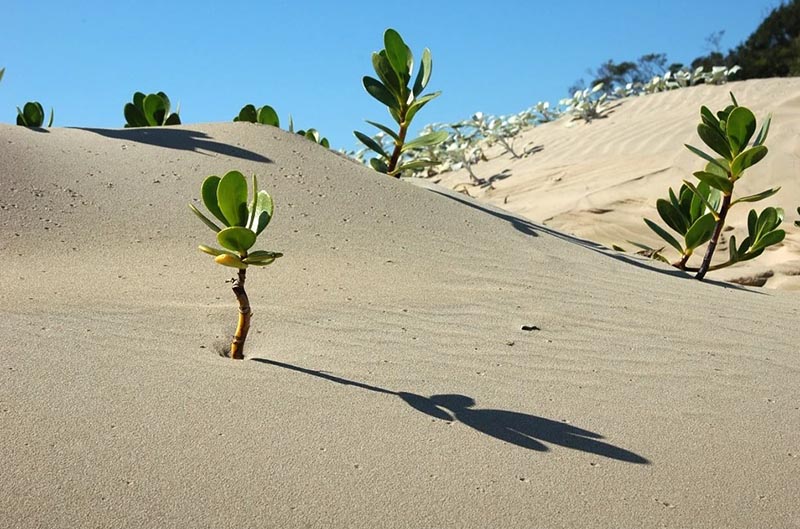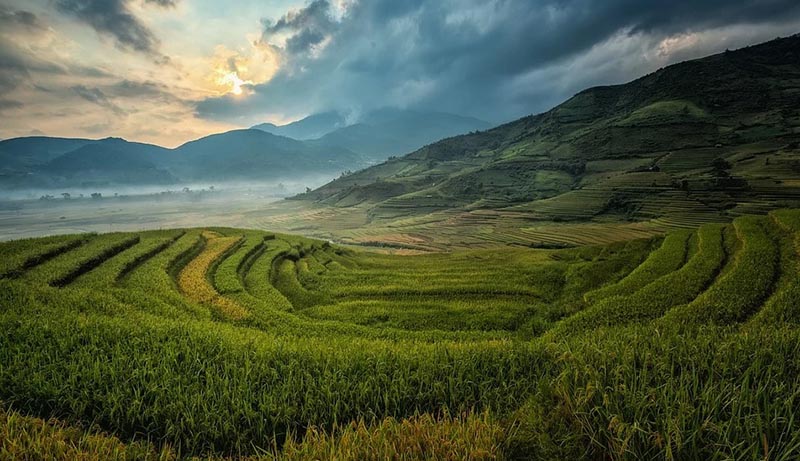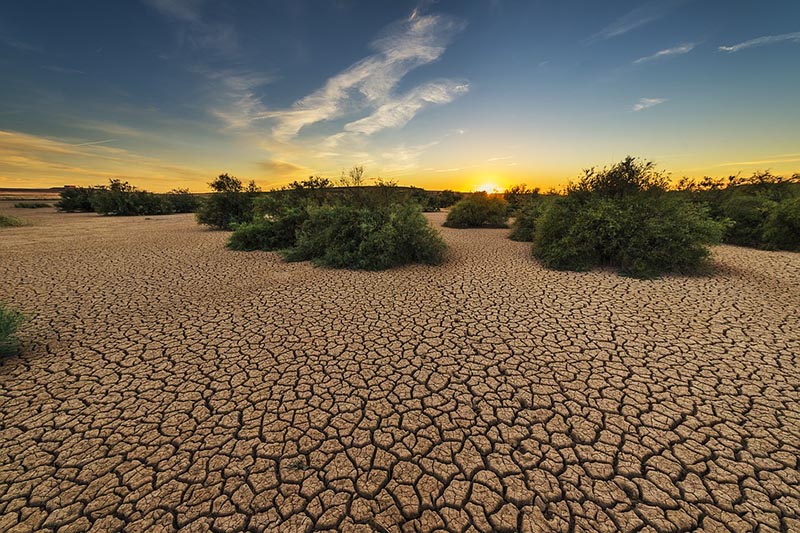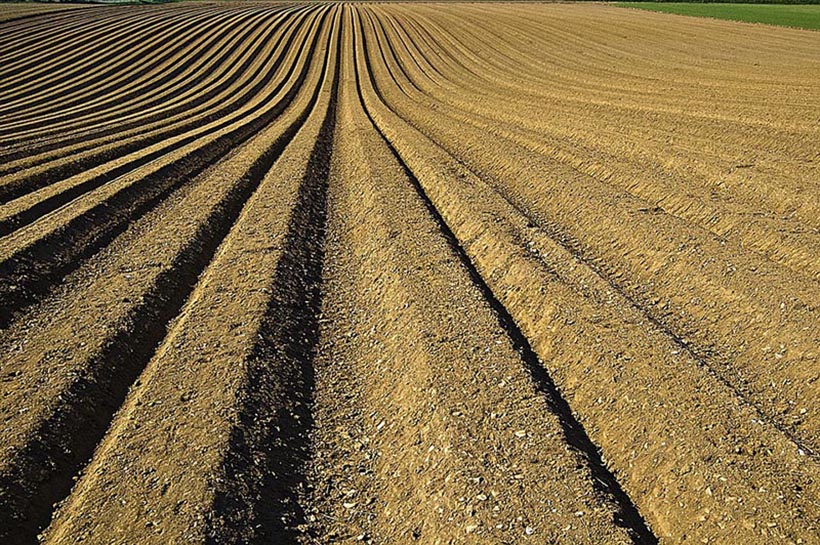The efficiency of agriculture and cattle breeding depends on the soil, so some regions of the Earth are more fertile than others. Unfortunately, improper use of the soil often leads to the desertification of vast territories that turn into barren wastelands.
- Any soil is a whole ecosystem full of life from bacteria and other microorganisms to worms and various small animals.
- The least fertile type of soil is desert. It is extremely poor in organic matter and useful substances, so practically nothing grows on it.
- Studies of the soil on Mars have shown that it is quite suitable for growing terrestrial plants.
- The soil envelope of the Earth, which includes the soils themselves and underwater silts, is called the pedosphere.
- Too active use of the soil leads to its depletion and subsequent transformation into a desert. In China, for example, about 385 square miles (about 1000 km2) of once fertile land turns into deserts every year. However, now the Chinese authorities are actively fighting this process.

- The least fertile countries in the world are located in Africa. Namibia, for example, most of which is occupied by the ancient Namib desert.
- North America is the most fortunate of all the continents because the area of fertile soil here is the highest. There are also a lot of fertile territories in Europe, but Asia, South America, Africa, and Australia are less lucky.
- 25-50 thousand square miles (6-12 million hectares) of soil lose their fertility and suitability for agriculture annually. New territories are being developed, but slowly, about 12.5-25 million square miles (3-6 million hectares) per year.
- The soil is important for another reason: it absorbs carbon, the excessive concentration of which in the atmosphere would be disastrous. Only the waters of the World Ocean absorb more carbon than the soils.
- It is possible to restore depleted or initially infertile soil by saturating it with organic matter, but in nature, these processes take thousands of years. Plus, the dirt loses its fertility much faster.
- All the soil available on our planet is one giant water filter. Passing through its different layers, rain and groundwater are purified and get rid of impurities.
- Soil contamination can be very long-lasting. During the Vietnam War, the US army sprayed toxic chemicals over the jungle to deprive the guerrillas of shelter. Decades have passed, and the groundwater there is still poisonous in some areas since the dirt is impregnated with poison.
- The most common type of soil in the US is mollisol. Mollisols form in semi-arid to semi-humid areas typically under grassland vegetation.
- Less than 10% of the earth’s land is suitable for agriculture. The rest are not suitable for various reasons, such as climatic, hydrological, and others.
- In some regions, the soil remains frozen for millions of years. It is difficult to build buildings on permafrost, and it is impossible to conduct agriculture on it.

- The most fertile type of soil is chernozem, also known as black soil. About 52% of all black soil territories in the world belong to Russia.
- The fertility of the forest soil directly depends on what kind of trees grow on it. Their deciduous breeds make the land more fertile than coniferous ones since they better impregnate it with organic matter.
- There is much less land on Earth than there is water. However, the total biomass of all living creatures living in the soil is much higher than the total biomass of the world’s oceans and seas.
- Healthy soils have six different layers (known as horizons) – starting with the upper and organic matter (for example, plant and animal residues) and ending with the bedrock.
- The Food and Agriculture Organization of the United Nations (FAO) estimates that 33% of soils are moderately or severely degraded as a result of erosion, salinization, compaction, acidification, chemical pollution, and nutrient depletion, which impedes the functioning of soils and affects food production.

- Soils are home to a quarter of the animal species on Earth! From familiar earthworms to lesser-known tardigrades and many unknown species.
- Soils are formed as a result of the slow physical, chemical, and biological weathering of bedrock. Depending on the nature of the rock and other local factors, this weathering can take up to tens of thousands of years to form mature soil. This means that on the scale of human life, soils are a non-renewable resource.
- Soil that is not covered with plant matter is vulnerable. In such cases, it is swept away and washed off 10-40 times faster than it is replenished.
- Only about 1% of the microorganisms found in the soil have been identified so far. Our soils are one of the largest reservoirs of microbial diversity on Earth, this includes many single-celled organisms, such as bacteria and archaea, as well as some fungi.
- Scientists say that soil contains more carbon than the atmosphere and all plant life combined! Soil contains 2,500 billion tons of carbon compared to 800 billion tons in the atmosphere and 560 billion tons in plant and animal life.


